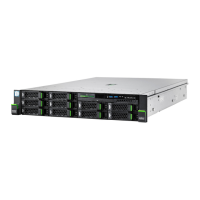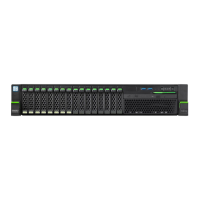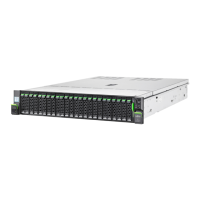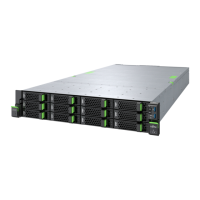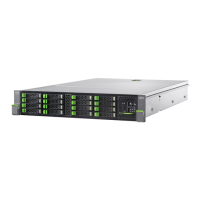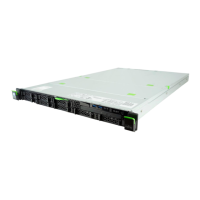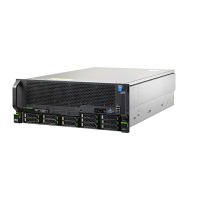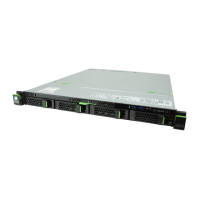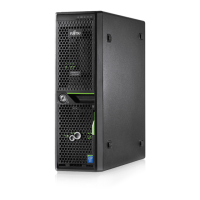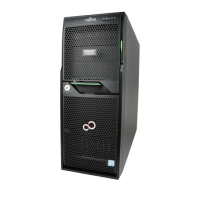4.1.3 Locating the defective component
After determining the error class by the CSS or Global Error indicators (see
section "Determining the error class" on page 52) local diagnostic indicators on
the front panel and system board allow you to identify the defective component.
I For further information, refer to the "ServerView Suite Local Service
Concept (LSC)" manual.
4.1.3.1 Local diagnostic indicators on the front
Ê Check the CSS indicator on the front and connector panels of the server:
I In addition to local diagnostic indicators, CSS or Global Error LEDs
indicate, if the defective component is a customer or field replaceable
unit (see section "Determining the error class" on page 52).
4.2 Shutting down the server
V CAUTION!
For further safety information, please refer to chapter "Important
information" on page 39.
I This step is only required when upgrading or replacing non-hot plug
components.
Ê Inform the system administrator that the server will be shut down and put
offline.
Ê Terminate all applications.
Ê Perform the required procedures described in the preliminary steps of each
upgrade or maintenance task.
Ê "Verifying and configuring the backup software solution" on page 73.
Ê In case of Multipath I/O environments, please refer to section "Note on
server maintenance in a Multipath I/O environment" on page 74.
Ê "Removing backup and optical disk media" on page 73.
Ê Shut down the server.
I If the system is running an ACPI-compliant operating system,
pressing the On / Off button will perform a graceful shutdown.
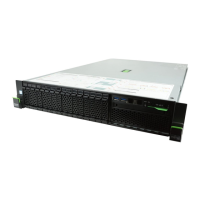
